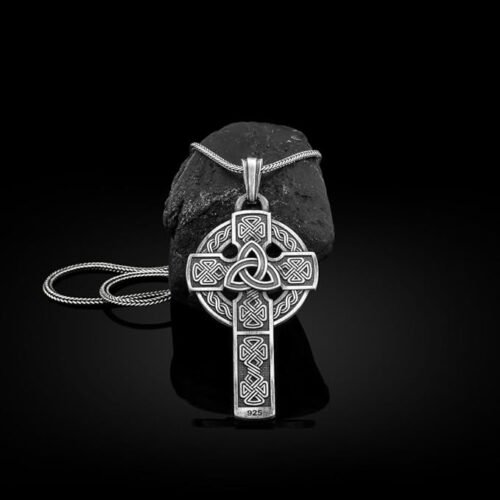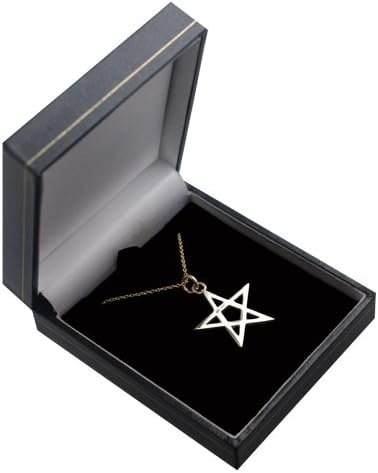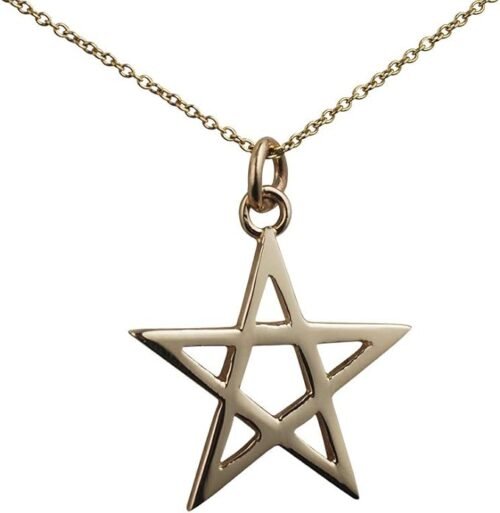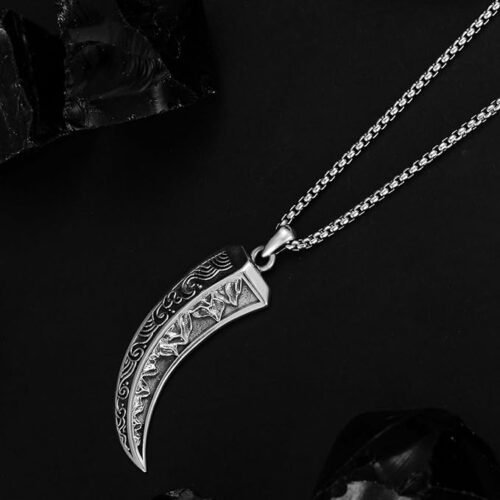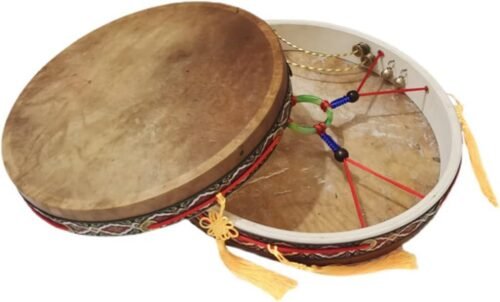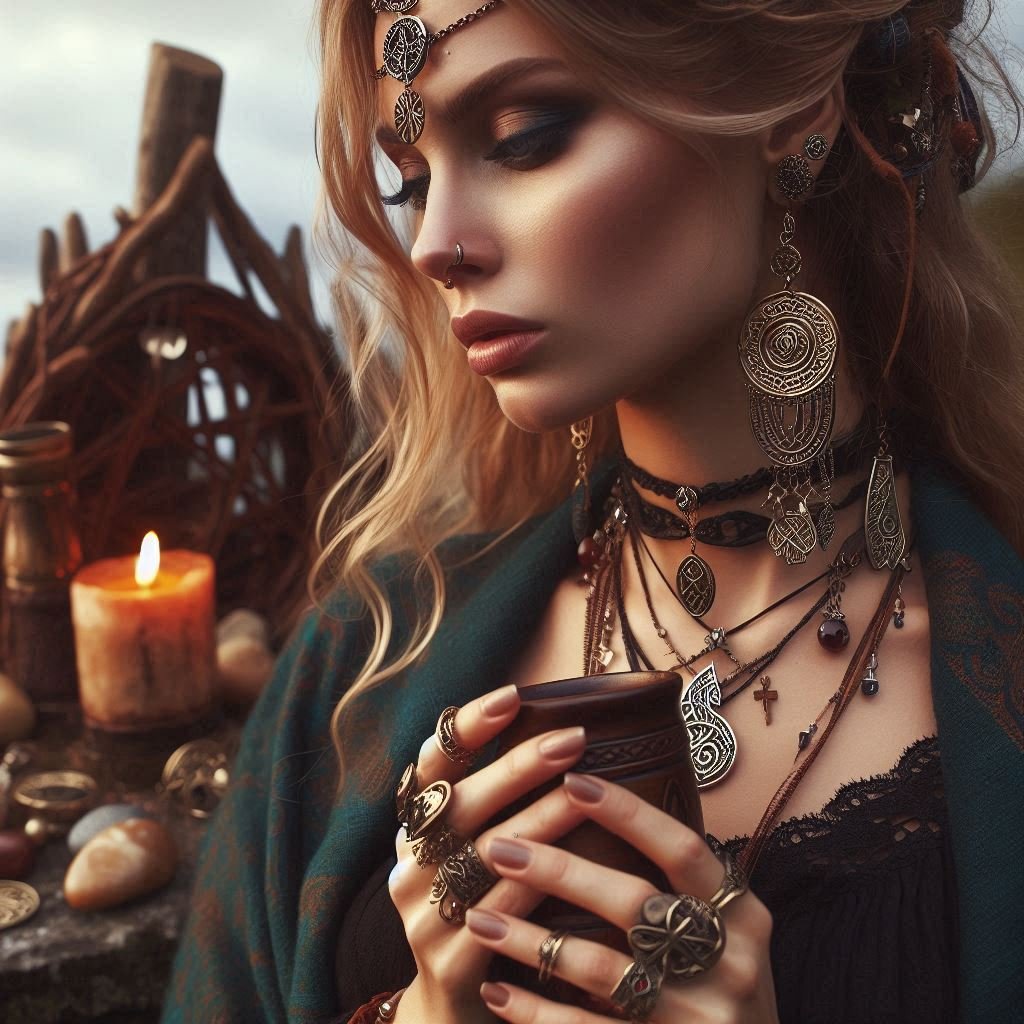
Celtic maiden wearing Pagan jewelry
An Examination of Pagan Jewelry Across Cultures and Time
Pagan jewelry, with its intricate designs and deep symbolism, serves as a tangible link to ancient traditions and spiritual practices. Across cultures and throughout history, these adornments have played a significant role in religious rituals, magical ceremonies, and personal expressions of faith. From the shamanic talismans of indigenous tribes to the Celtic amulets of Europe and the Wiccan charms of modern witchcraft, pagan jewelry reflects a diverse tapestry of beliefs, customs, and cultural heritage. This article delves into the multifaceted world of pagan jewelry, exploring its origins, cultural significance, materials, craftsmanship, and enduring relevance in contemporary society.
Shamanic Jewelry
Among the earliest forms of pagan jewelry are the talismans and amulets worn by shamans and tribal healers. These artifacts, often crafted from natural materials such as bone, feathers, and animal teeth, served as conduits for spiritual energy and protection. In his seminal work “Shamanism: Archaic Techniques of Ecstasy,” Mircea Eliade notes the central role of jewelry in shamanic practices, stating that “amulets and charms are worn by the shaman to establish a connection with the spiritual world and to protect against malevolent forces.” From the ancient Siberian shamans to the indigenous tribes of North and South America, shamanic jewelry reflects a profound reverence for nature, the spirit world, and the interconnectedness of all things.
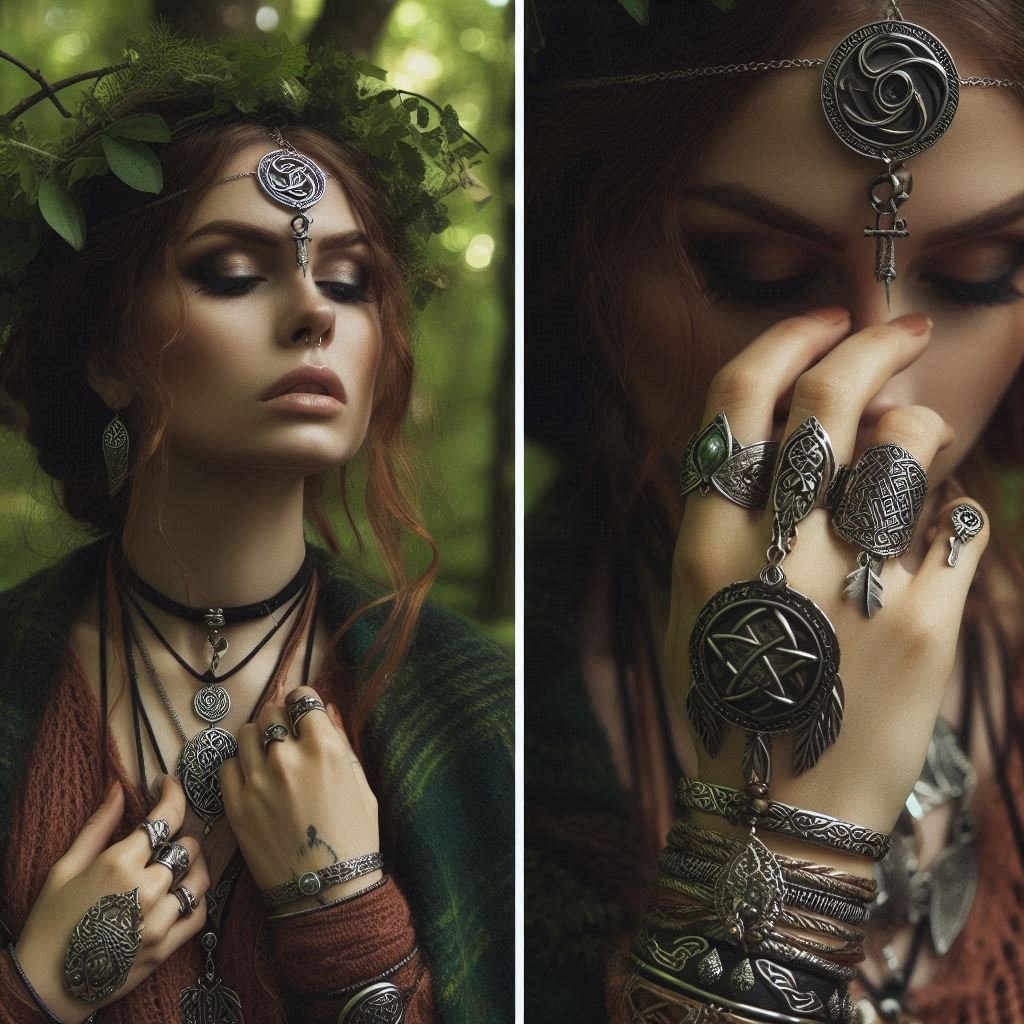
A pagan ring – a good example of Pagan Jewelry
Celtic Jewelry
The intricate knotwork and symbolic motifs of Celtic jewelry are steeped in ancient lore and mythology. From the iconic Claddagh ring to the elaborate torcs worn by Celtic warriors, these adornments reflect the spiritual beliefs and cultural identity of the Celtic people. According to Celtic scholar Peter Berresford Ellis, “Celtic jewelry was imbued with protective qualities, with symbols such as the triquetra and the Celtic knot representing eternal life, unity, and the interconnectedness of all things.” The Celts believed in the power of symbolism, with each design carrying layers of meaning and significance. The intricate knotwork, for example, symbolized the eternal cycle of life, death, and rebirth, while the spiral motifs represented the journey of the soul and the cyclical nature of time.
Wiccan and Witchcraft Jewelry
In modern times, pagan jewelry has experienced a resurgence in popularity, particularly within Wiccan and witchcraft communities. Wiccan jewelry often features symbols such as the pentagram, triple moon, and goddess figures, each carrying deep spiritual significance. According to Wiccan author Scott Cunningham, “Wearing jewelry imbued with magical symbols serves as a constant reminder of our connection to the divine and our commitment to spiritual growth.” Wiccan jewelry is often crafted with intention and reverence, with practitioners choosing materials and designs that resonate with their personal beliefs and magical practices. Witchcraft jewelry, on the other hand, may include talismans, charms, and amulets imbued with specific magical properties and energies. From crystal pendants charged with protective spells to charm bracelets adorned with symbols of prosperity and abundance, witchcraft jewelry serves as a tool for manifesting intentions and harnessing the power of the unseen world.
Materials and Craftsmanship
Pagan jewelry is often crafted from natural materials imbued with symbolic meaning. Silver, with its lunar associations, is a common choice for Wiccan and witchcraft jewelry, while stones such as quartz, amethyst, and obsidian are prized for their energetic properties. In her book “The Crystal Bible,” Judy Hall writes, “Stones have been used for thousands of years in magical rituals, with each stone carrying its own unique energy and significance.” Metalwork is another important aspect of pagan jewelry craftsmanship, with artisans employing ancient techniques such as forging, casting, and engraving to create intricate designs and patterns. Whether it’s a handcrafted silver pendant or a beaded charm bracelet, pagan jewelry reflects the skill, creativity, and spiritual intuition of its makers.

Pagan jewellry
Pagan jewelry serves as more than mere adornment; it is a tangible expression of spiritual beliefs, cultural heritage, and personal identity. From the ancient talismans of shamanic tribes to the modern charms of Wiccan practitioners, these artifacts offer a glimpse into the rich tapestry of human experience and the enduring quest for connection to the divine. As we continue to explore the mysteries of pagan jewelry, we deepen our understanding of the past while forging new connections to the spiritual realms that continue to shape our world today. Through its symbols, materials, and craftsmanship, pagan jewelry transcends time and space, serving as a bridge between the ancient and the modern, the seen and the unseen, the mundane and the magical.
The Links between Autism and Magic
We may be starting to understand the links between Autism and Magic - neurodivergant people bring unique perspectives to Witchcraft and magical practice.
12 Ways to Celebrate Litha
The Summer Solstice, known as Litha in Wiccan traditions, is a time of radiant sunlight, abundant growth, and joyful celebration.
Exploring Litha: A study of the Wiccan Summer Solstice
Litha: A study of the Wiccan Summer Solstice
Summer Solstice: Astronomical Significance and Cultural Observances
The summer solstice, characterized by Earth's maximum tilt toward the Sun, occurs annually in each hemisphere, marking the longest day and shortest night of the year.
The Witchy and Spiritual Uses of Foxglove
There are many witchy and spiritual uses of Foxglove (Digitalis purpurea) a strikingly beautiful plant known for its bell-shaped flowers and potent medicinal properties.
Lamb’s Ear Plant: The Spiritual and Witchy Uses
Lamb's ear (Stachys byzantina), known for its soft, velvety leaves, has been valued in various spiritual and magical traditions. Here are some of the spiritual and witchy uses of lamb's ear

